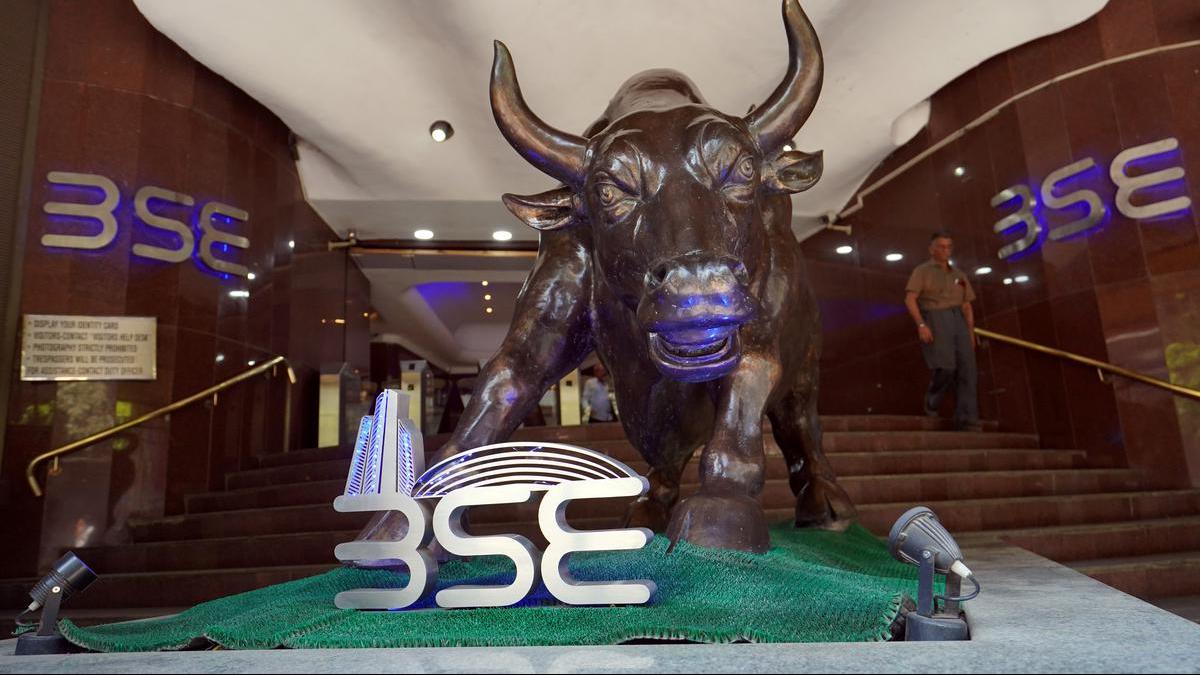
Markets climb in early trade on firm global trends
The Hindu
Equity benchmark indices began the trade on an optimistic note on August 22, extending their previous day’s rally amid a firm trend in global markets.
Equity benchmark indices began the trade on an optimistic note on August 22, extending their previous day's rally amid a firm trend in global markets.
The 30-share BSE Sensex climbed 92.83 points to 65,308.92 in early trade. The NSE Nifty gained 35.5 points to 19,429.10.
From the Sensex pack, NTPC, Mahindra & Mahindra, ITC, Tata Motors, Axis Bank, Bajaj Finserv, JSW Steel and Larsen & Toubro were the major gainers. Jio Financial Services, Tata Consultancy Services, Infosys and Titan were the laggards.
Shares of Jio Financial Services, the demerged financial services unit of Reliance Industries, listed on the bourses on Monday.
With the company's listing, the BSE Sensex and the NSE Nifty added Jio Financial Services to their pack. This has been done to ensure price stability and limit volatility in shares of RIL in view of the demerger as part of the revised methodology of the exchanges to treat demergers.
The newly listed entity would be removed from the indices after the end of the day on the third day of its listing. In Asian markets, Seoul, Tokyo and Hong Kong were quoting in the green while Shanghai traded lower. The U.S. markets ended mostly in the positive territory on Monday.

The Union Budget unveiled on February 1, 2025, has come at a time of unprecedented global uncertainty and a flagging domestic economy. The real GDP growth is estimated at 6.4% for 2024-25 and between 6.3-6.8% for 2025-26, a far cry from >8 percent growth required annually to make India a developed nation by 2047. While much attention has been devoted to the demand stimulus through income tax cuts, not enough is said about the proposed reforms in urban development, tariff rationalisation, and regulatory simplification aimed at making Indian cities and corporates more competitive. Since the majority of economic activity is located in cities (urban areas account for ~55% of GDP) and produced by large corporates (~40% of the national output and 55% of India’s exports), the above-mentioned reforms have a pivotal role in improving India’s trend growth rate. Below we unpack each reform.












